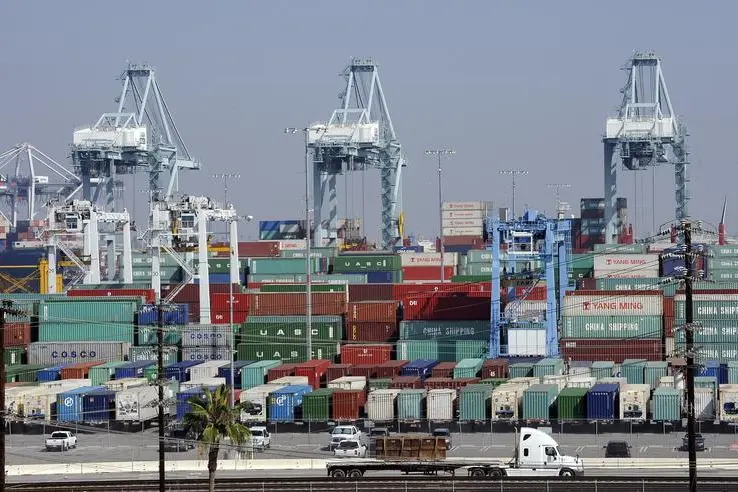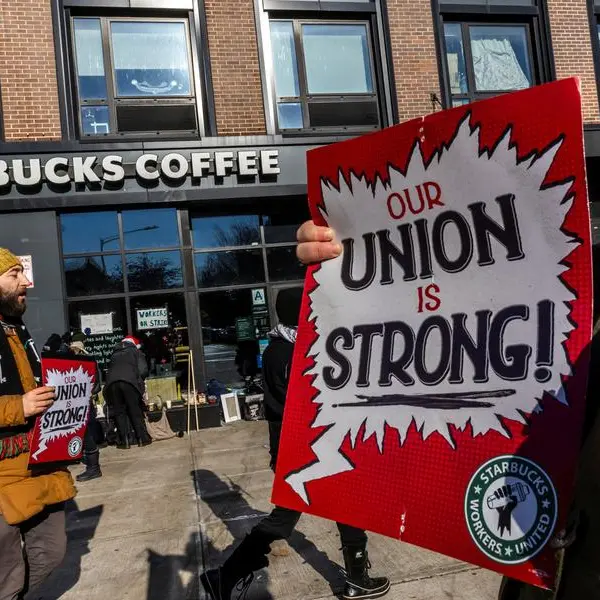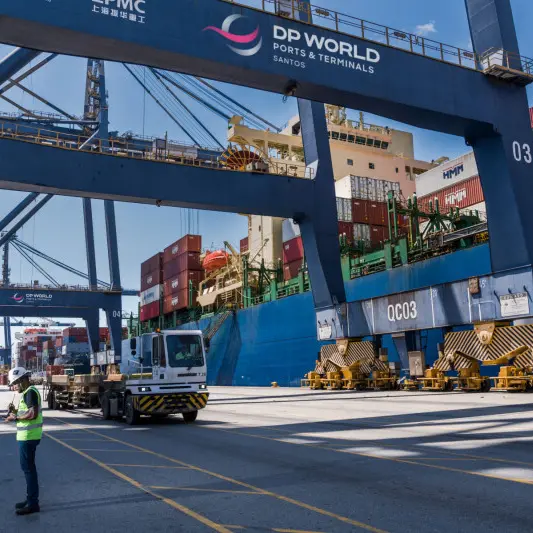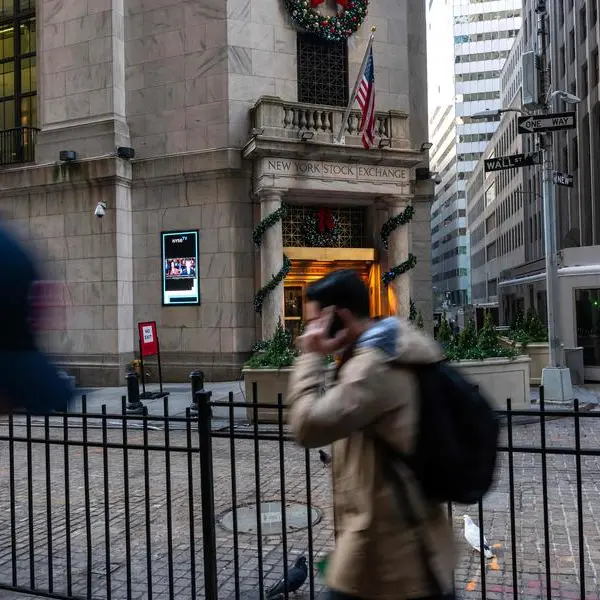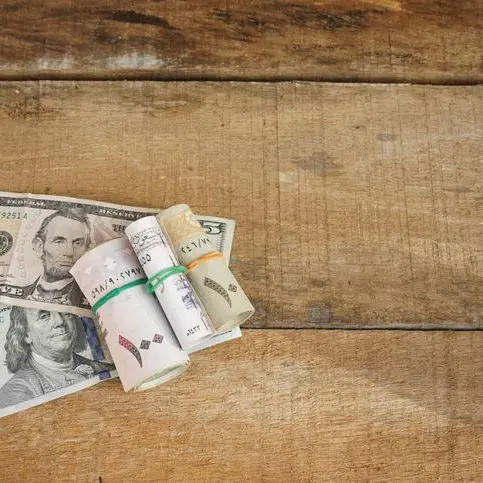PHOTO
U.S. producer prices picked up in October, lifted by higher costs for services like portfolio management and hospital outpatient care, further evidence that progress toward lower inflation was stalling.
The producer price index for final demand rose 0.2% last month after an upwardly revised 0.1% gain in September, the Labor Department's Bureau of Labor Statistics said on Thursday.
Economists polled by Reuters had forecast the PPI climbing 0.2% following a previously reported unchanged reading in September. In the 12 months through October, the PPI increased 2.4% after advancing 1.9% in September.
Services prices rose 0.3% after gaining 0.2% in September. A 3.6% surge in portfolio management fees accounted for more than a third of the rise in services costs.
There were also increases in the prices of vehicle wholesaling, airline passenger services, computer hardware, software and supplies retailing as well as outpatient care and cable and satellite subscriber services.
Portfolio management fees, healthcare, hotel and motel accommodation and airline fares are among components that go into the calculation of the personal consumption expenditures (PCE) price index, excluding food and energy.
The so-called core PCE inflation is one of the measures tracked by the Federal Reserve for its 2% target.
The government reported on Wednesday that consumer prices increased 0.2% in October for the fourth straight month, while a measure of underlying inflation gained 0.3% for the third consecutive month.
The lack of progress in lowering inflation towards its 2% target is unlikely to discourage the U.S. central bank from delivering a third interest rate cut next month.
Policymakers are keeping a wary eye on the labor market, which has shown signs of significant softening amid tepid hiring.
The Fed last week cut its benchmark overnight interest rate by 25 basis points to the 4.50%-4.75% range.
The Fed kicked off its policy easing cycle with an unusually large half-percentage-point rate cut in September, the first reduction in borrowing costs since 2020. It hiked rates by 525 basis points in 2022 and 2023 to tame inflation.
Wholesale goods prices rebounded 0.1% after falling 0.2% in September. Food prices dropped 0.2% while the cost of energy goods slipped 0.3%.
The narrower measure of PPI, which strips out food, energy and trade, rose 0.3% after edging up 0.1% in September. The so-called core PPI increased 3.5% year-on-year after rising 3.3% in September.
(Reporting by Lucia Mutikani; Editing by Andrea Ricci)
